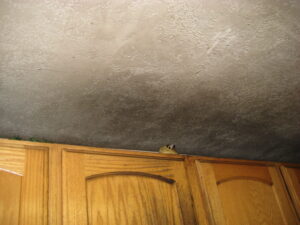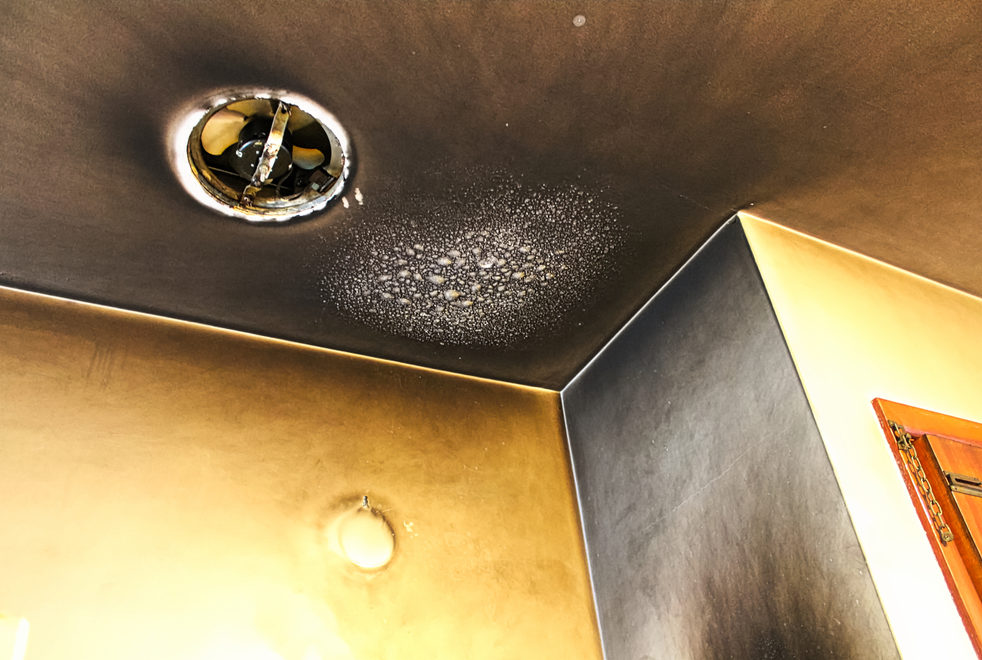Restoring Clarity After Fire: Soot & Smoke Damage Inspection Services
In the aftermath of a fire, soot and smoke damage can leave a lasting impact on your property. At HTX Consulting Services, we specialize in thorough inspections to assess the extent of soot and smoke damage. Our expert team provides detailed evaluations, offering clarity and peace of mind as you navigate the restoration process. Explore our Soot & Smoke Damage Inspection services to ensure a comprehensive understanding of the damage and reliable insights for a swift recovery.
Frequently Asked Questions About Soot & Smoke Damage
Soot is a black, powdery or flaky substance composed of carbon particles, created during incomplete combustion of organic materials. After a fire, soot particles infiltrate surfaces, leading to health risks and property damage. Inhaling fine soot particles can cause respiratory distress, worsen existing conditions like asthma, and irritate eyes, throat, and lungs. Furthermore, soot can corrode metals and tarnish various surfaces, making prompt and thorough cleaning essential to prevent long-term damage.

Smoke damage results from the incomplete combustion of materials during a fire, releasing harmful chemicals and tiny particles. These particles can adhere to surfaces, causing discoloration, lingering odors, and corrosion. Smoke contains various toxins, such as carbon monoxide and hydrogen cyanide, which can pose serious health risks. The longer smoke damage is left untreated, the more challenging it becomes to remove, emphasizing the need for swift and comprehensive restoration efforts.
Soot and smoke can affect a wide range of surfaces, including walls, ceilings, fabrics, furniture, and electronics. Porous materials like upholstery and carpets tend to trap particles, making cleaning and restoration particularly challenging. Smoke particles can infiltrate deep into materials, necessitating specialized cleaning techniques and equipment for effective removal. Even surfaces seemingly untouched by fire can suffer smoke damage, emphasizing the importance of thorough evaluation and treatment.
While minor surface cleaning is possible, extensive soot and smoke damage require professional restoration. Certified technicians possess the expertise and specialized equipment necessary to ensure thorough cleaning and restoration. DIY attempts might not effectively remove deeply embedded particles, leading to persistent odors and potential health hazards. Professionals utilize advanced cleaning methods, including HEPA vacuuming, dry cleaning, and ozone treatments, to eliminate both visible damage and lingering odors effectively.
Addressing soot and smoke damage promptly is crucial to prevent further deterioration and increase the likelihood of successful restoration. Immediate action minimizes long-term damage, making the restoration process more effective and efficient. Delays in cleanup can result in more severe and permanent damage, significantly complicating the restoration efforts. Swift intervention ensures a comprehensive assessment and immediate implementation of restoration measures, optimizing the chances of a successful recovery.
Inhaling soot and smoke particles can cause various health problems, including respiratory issues, exacerbation of existing conditions like asthma, and irritation of the eyes, throat, and lungs. Prolonged exposure can lead to more serious health complications, making immediate evacuation from the affected area essential. Respiratory distress, coughing, and chest pain are common symptoms of soot and smoke inhalation. Professional cleanup and air quality testing are crucial to ensure the elimination of airborne particles, safeguarding the health of occupants.
Complete removal of soot and smoke particles from porous materials can be challenging due to the particles’ ability to penetrate deeply into the material. Professional restoration experts use specialized cleaning techniques, such as dry cleaning and thermal fogging, to extract particles and odors effectively. These methods target both visible and hidden damage, ensuring a thorough restoration process. Proper ventilation and dehumidification are also employed to prevent residual odors and ensure the complete removal of particles, providing a safe and habitable environment.
Preventing soot and smoke damage involves comprehensive fire safety measures, such as installing smoke detectors, developing a fire evacuation plan, and using fire-resistant materials in construction. Regular maintenance of heating systems and electrical appliances is essential to reduce fire risks. Ensuring proper ventilation and containment of fire-prone materials can mitigate the potential for extensive smoke damage. Additionally, educating occupants about fire safety protocols and evacuation procedures contributes to minimizing damage during a fire.
Untreated soot and smoke damage can lead to persistent odors, discoloration, and deterioration of materials over time. Lingering odors often indicate the presence of hidden particles, emphasizing the need for thorough cleaning. Furthermore, untreated damage can compromise the structural integrity of affected materials, leading to more extensive repairs and replacements in the future. Long-term exposure to residual particles can pose ongoing health risks, making immediate restoration efforts essential to prevent lasting damage and ensure a safe living environment.

Looking For Soot & Smoke Damage Testing?
Contact Us Today!
Discover how HTX Consulting can help you achieve a healthier and safer indoor environment.

